Diet Chart for Pregnant Women
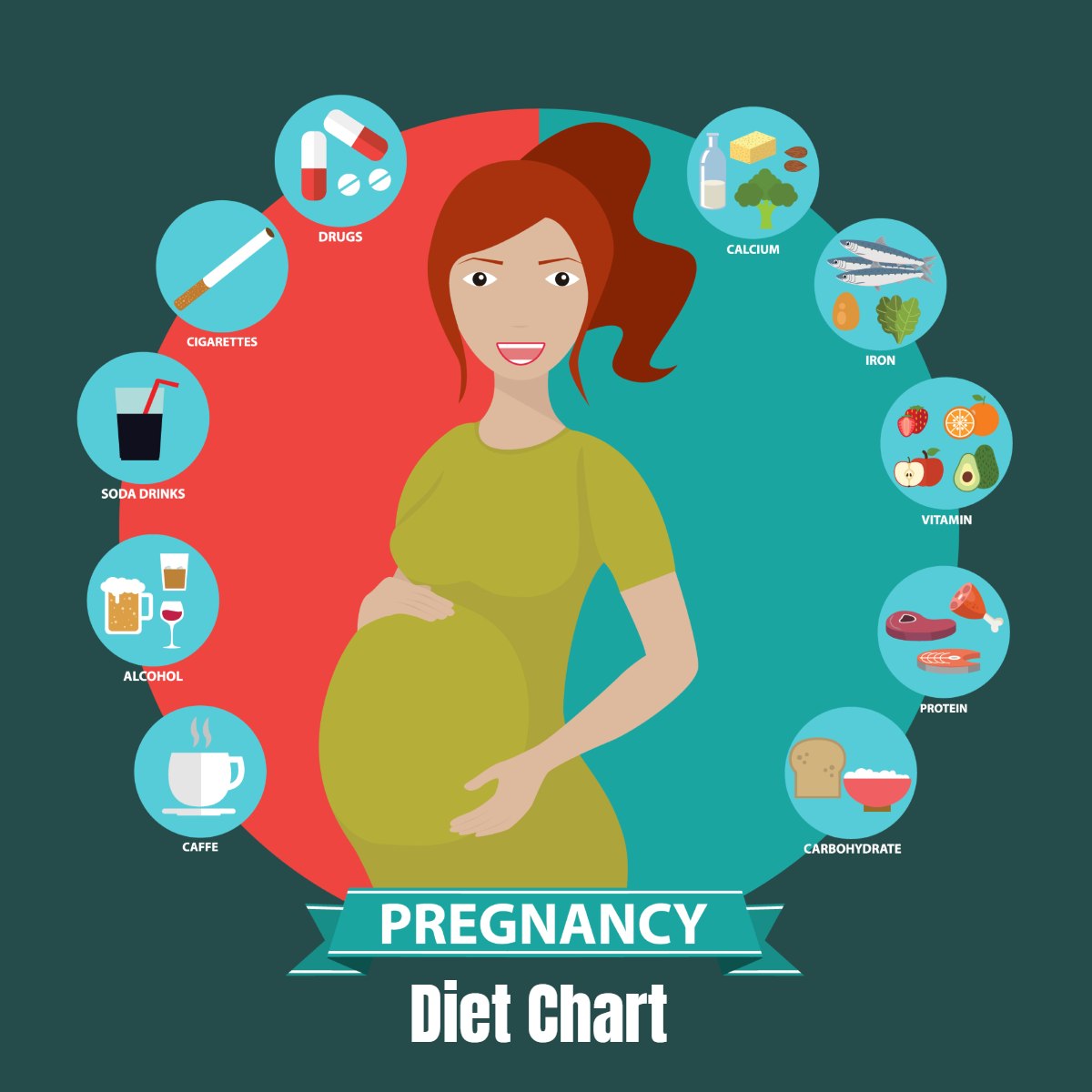
Did you know that a pregnant woman needs about 300 extra calories a day to meet the needs of the baby and the mother? That’s why doctors recommend a diet chart as per the health and the condition of the soon-to-be mother.
This diet chart or plan contains an adequate amount of healthy foods from the five food groups that provide the body with the necessary nutrients to sustain life and grow with you. From including fruits and vegetables to supplements, like iron and folate, a proper diet ensures that your baby’s brain and body develop healthily.
Let’s understand what an ideal diet chart for a soon-to-be mother looks like.
Why Following a Diet is Important for Pregnant Women?
Following a balanced diet during pregnancy is crucial because it directly supports the health and development of both the mother and the baby. The right nutrients help form the baby’s brain, bones, organs, and immune system while also maintaining the mother’s energy levels and reducing pregnancy-related risks like anemia, gestational diabetes, and low birth weight.
A well-planned diet ensures the baby receives essential vitamins and minerals like folate, iron, calcium, and omega-3 at the right stages of growth, laying a strong foundation for lifelong health.
As per the trimester, your body’s nutrient requirement will change.
If you are feeling lost, which is usually the case, especially if it is your first pregnancy, then don’t worry.
Cryoviva experts are here to navigate this phase with confidence. Sonali Shivlani, a top parenting and pregnancy consultant, has shared her insights on the top 5 superfoods every mom-to-be should include in her diet plan.
Watch the video now on our YouTube channel to learn about the five superfoods that will support your baby’s brain development, boost your immunity, and keep your energy levels up.
Foods to Include in Your Diet Chart
Everyone has different tastes, and due to hormonal changes, your taste changes drastically during this period. Hence, instead of sticking to a one diet chart, we are providing you with a list of all the necessary foods that you should consume for the 9 months.
| Category | Foods |
| Fruits | Banana, apple, pomegranate, orange, guava, mango, pear, watermelon, berries |
| Vegetables | Spinach, fenugreek (methi), carrots, beets, bottle gourd, ridge gourd, pumpkin, tomatoes, broccoli, cauliflower, green peas, beans, sweet potato, bell peppers |
| Whole grains and cereals | Whole wheat (roti and paratha), brown or white rice, dalia, oats, quinoa, jowar, bajra, suji |
| Proteins | Lentils (dal), rajma, chole, lobia, panner, tofu, nuts & seeds (almonds, walnuts, flaxseed, chia), eggs (full cooked), Chicken, fish (limit to low-mercury varieties) |
| Dairy products | Milk, curd, buttermilk, almond milk (if lactose intolerant) |
| Supplements (as prescribed by doctors) | Folic acid, iron, calcium, omega-3, vitamin D |
You have the freedom to choose whatever you want. However, ensure that every day during the 9 months, you are eating something healthy during all three meals: breakfast, lunch, and dinner.
Here are some tips to create your diet chart:
- Combine a grain + protein + vegetable at lunch and dinner.
- Snack on fruits or nuts between meals.
- Stay hydrated with water, coconut water, or buttermilk.
- Aim for colorful, balanced plates.
- Avoid raw or undercooked meats, unpasteurized milk, and excess caffeine.
And yes, an occasional indulgence like your favorite fast food (preferably homemade) during evening snacks is perfectly okay. As long as it's balanced with nutritious choices through the rest of the day, you can satisfy your cravings without any concern.
A List of Do’s and Don’ts to Keep in Mind
Here’s the list of things that you should keep in mind:
- Fruits high in vitamin C, such as oranges, guavas, and gooseberries (Amla), should be consumed to enhance the body's ability to absorb iron from plant foods.
- Eat small, frequent meals (4 to 6 times a day) if you are experiencing nausea or vomiting.
- To acquire enough vitamin D, spend at least 15 minutes in direct sunlight.
- Use micronutrient supplements and additional nutrition with your doctor's recommendations.
- Include nuts, legumes, and green leafy vegetables that are excellent sources of folic acid.
Here’s the list of things that you should strictly avoid:
- Don't drink alcohol and smoke, or chew tobacco.
- Don't drink carbonated drinks.
- Do not eat prepared foods that contain hydrogenated fat.
- After a meal, do not go to bed right away.
- Do not peel and then wash the vegetables.
- Do not drink tea, coffee, and other caffeinated beverages before, during, and after meals.
- Do not lift large objects or engage in physically demanding activities.
Conclusion
A varied diet chart for pregnancy is the most effective method to get all of the nutrients you and your baby require. Your body may often absorb essential nutrients more easily from food than from supplements.
Regardless of the fact, we cannot keep the supplements aside. They are necessary to support even the healthiest diets. Therefore, you should always talk to your doctor before stopping any supplements that have been prescribed.
We know that you are doing your best to keep your baby safe and healthy, but to be extra cautious, it is necessary to have something that could protect your baby to keep life-threatening diseases. You can opt for stem cell banking that has the potential to give your baby and your family, at large, a second chance to live and thrive.

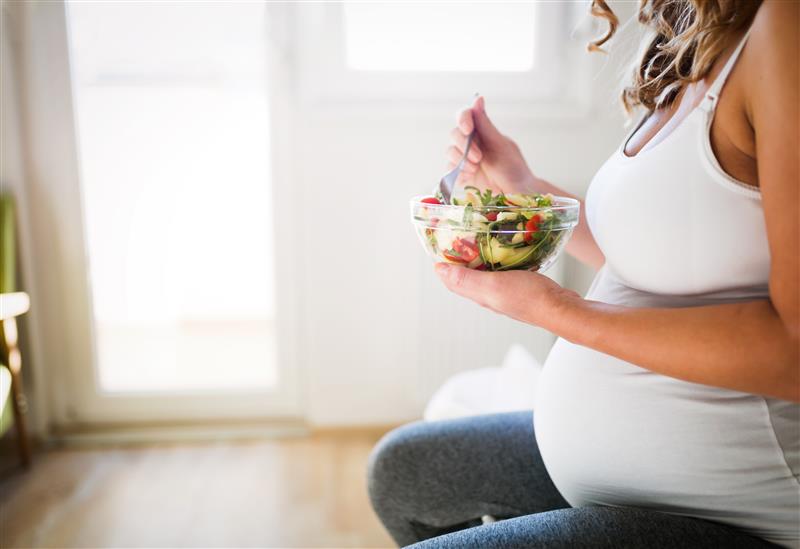
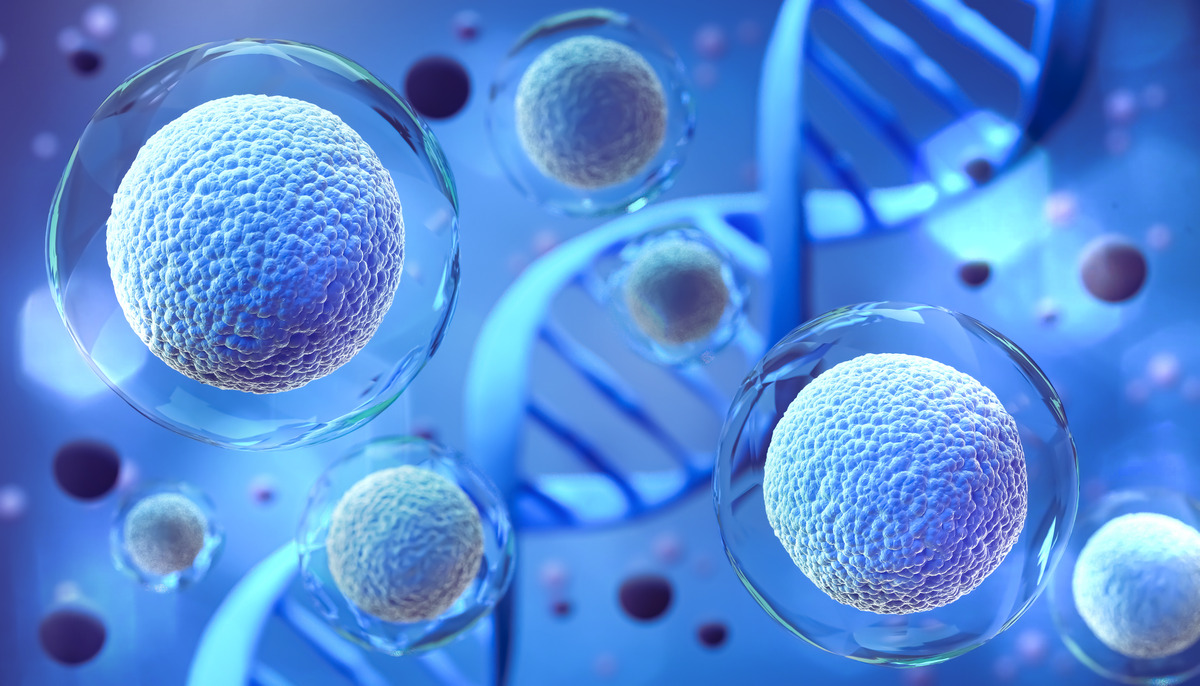
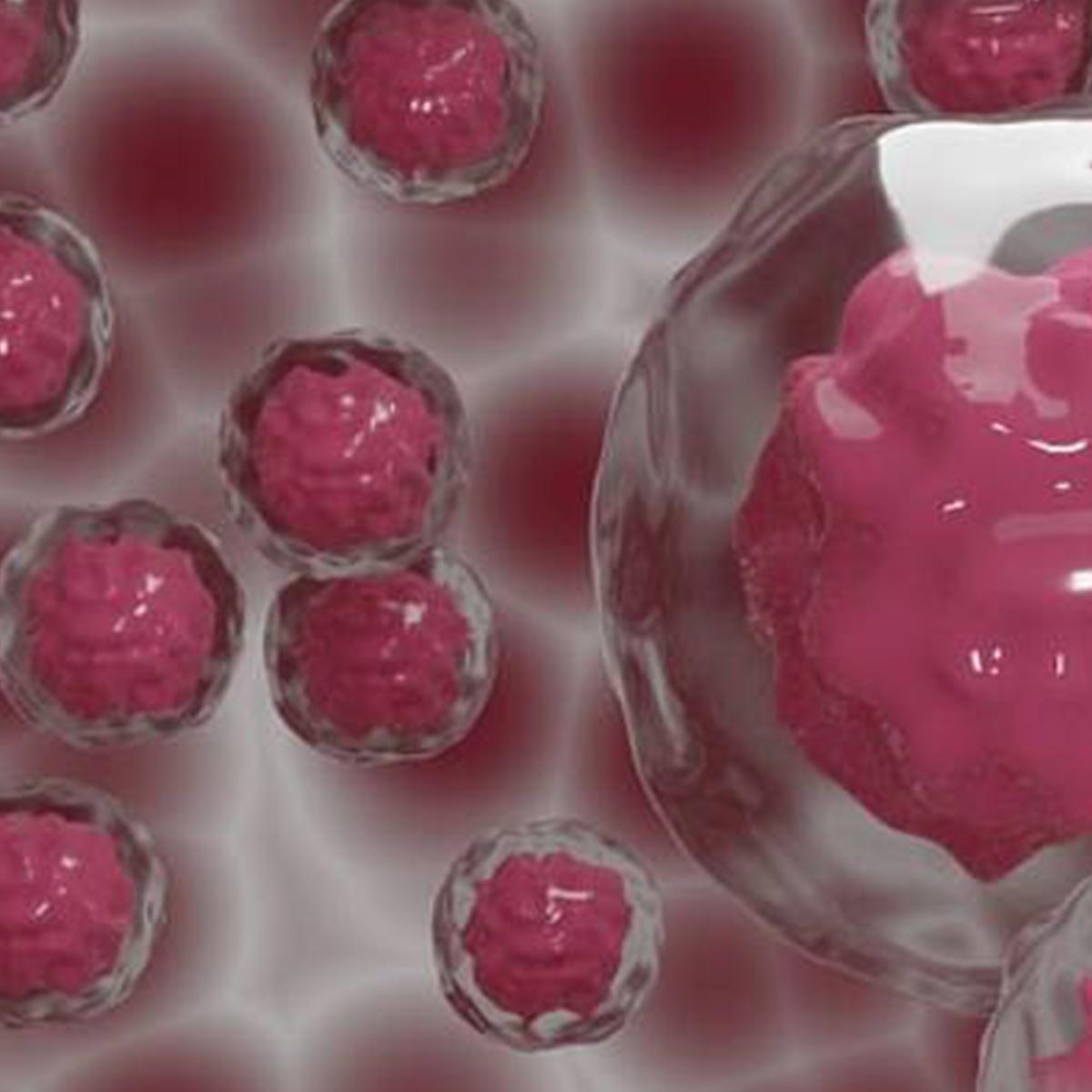
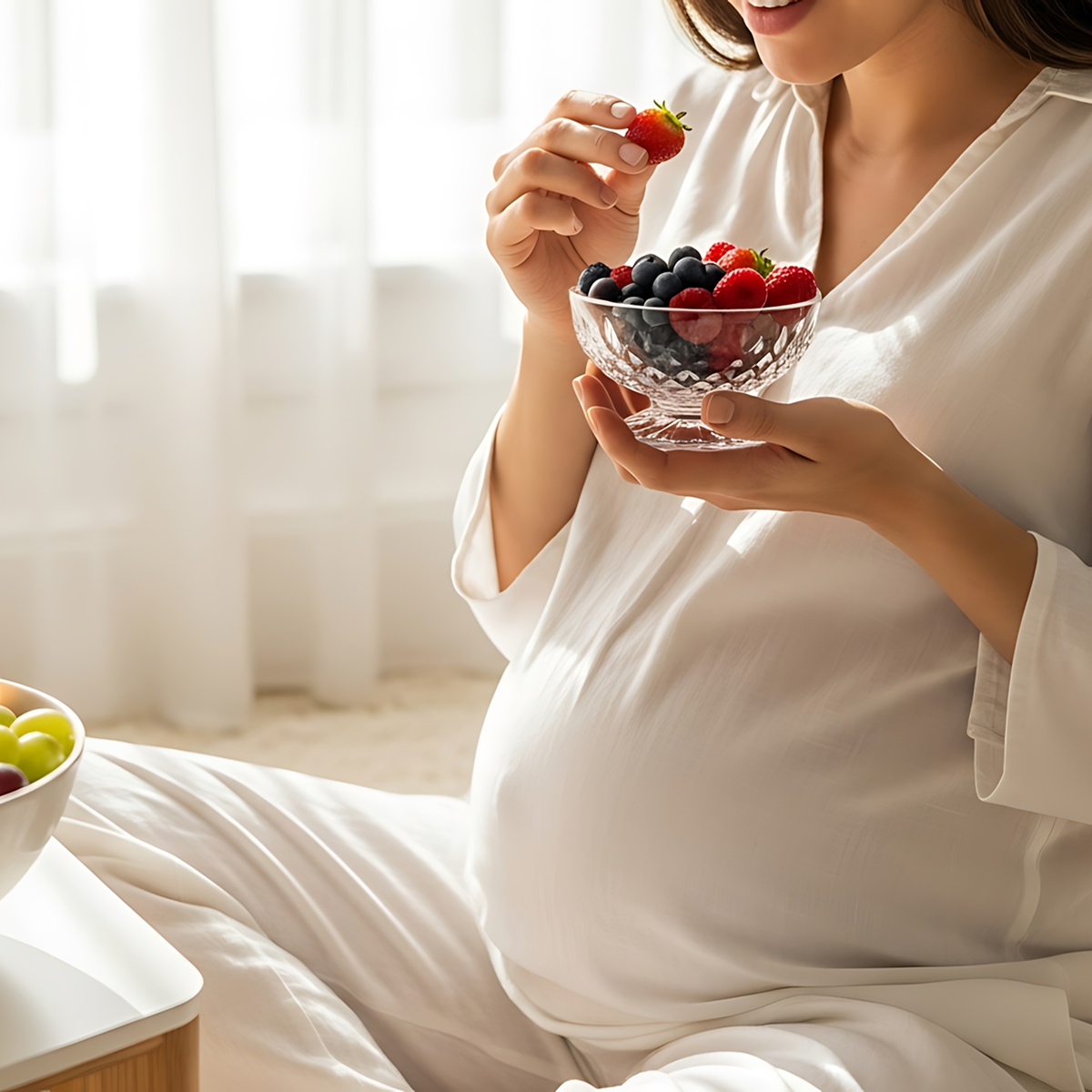




.jpg)




 Enquiry
Enquiry
 Email
Email Phone
Phone
 Whatsapp
Whatsapp